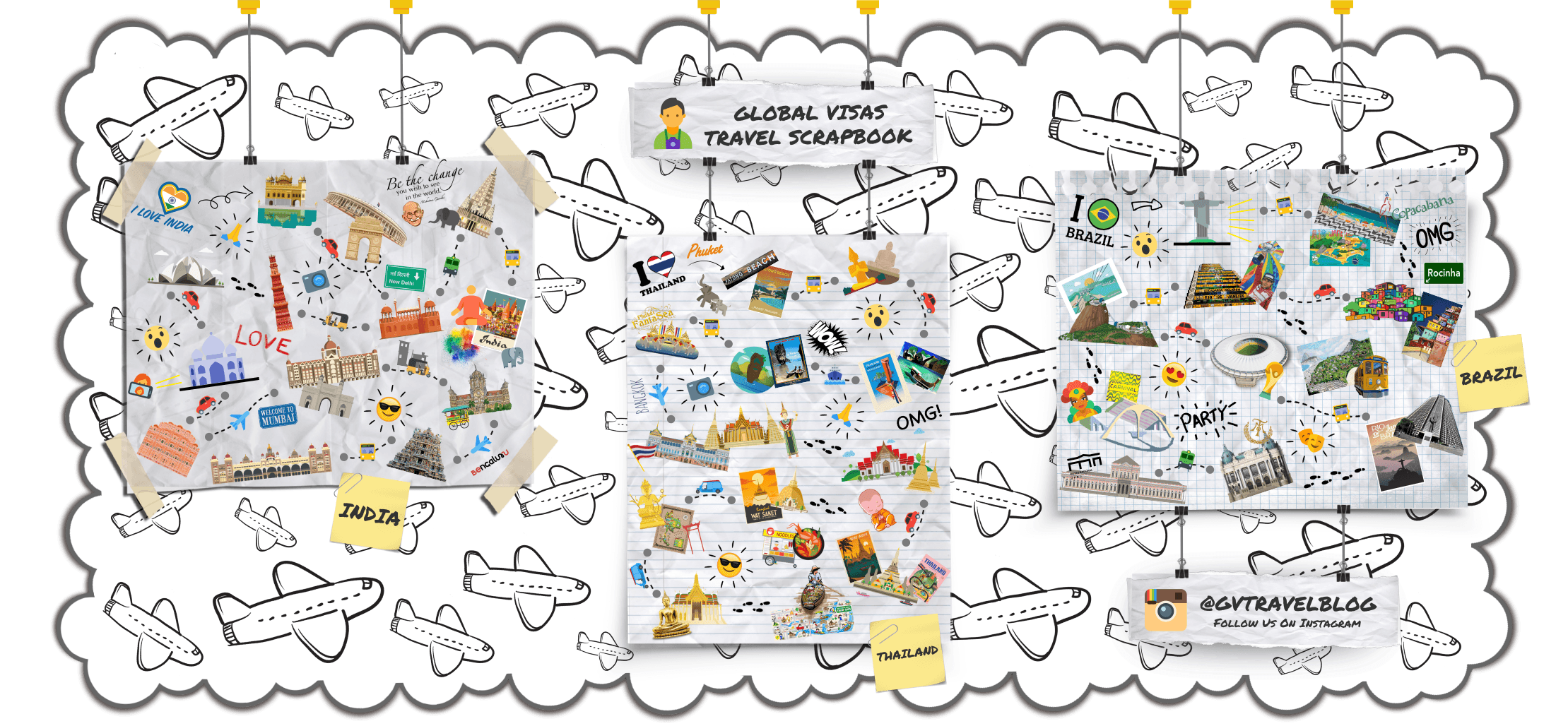The currency of Tanzania is known as the Tanzanian shilling, denoted by the symbol “TSh” or by “/=” or “/-” following the number (ISO code:TZS). There are 5 notes and 4 coins:
- Notes – 10,000 (red); 5,000 (violet); 2,000 (brown); 1,000 (blue), and 500 (green) {500 have recently been changed to coins} denominations.
- Coins – 500, 200, 100 and 50 denominations.
Notes and coins vary in size and color. In descending size order, 10,000 is the largest note, and 500 is the smallest.
Tanzanian currency exchangers usually have a different exchange rate for different US$ denominations, larger and newer bills having a better exchange rate than older and smaller bills. The difference in exchange rate between larger and newer bills having a better exchange rate than older and smaller bills. The difference in exchange rate between $1/$5 bills and $50/$100 bills may exceed ten percent. Older US$100 notes are no longer accepted in Tanzania/you’ll have to carry over 40 notes around! bills and $50/$100 bills may exceed ten percent. Older US$100 notes are no longer accepted in Tanzania, and any note older than 2003 will most likely be refused everywhere. Also, it’s best to avoid attempting to exchange notes with pen marks or any writing on them. If you withdraw a large amount of money, in the range of US$400, you’ll have to carry over 40 notes around!
The 10 000 and 5000 notes can be difficult to break when shopping in small shops, a.k.a. dukas. In Tanzania, it’s usually the customer’s responsibility to provide exact change. But if they do agree to provide change, you could be left with several 1000 and 500 notes of very poor quality. However, you won’t have such problems in the large hotels and restaurants catering to foreigners.
In general, stores, restaurants, and hotels in Tanzania expect payment in Tanzanian shilling. Exceptions include payment for travel visas, entry fees to national parks (which must be paid in US dollars by non-residents), and payments for safaris and Kilimanjaro treks, which are generally priced in US dollars (though payment will be also accepted in other currencies). On Zanzibar, prices are generally in US dollars (including the ferry fare from Dar es Salaam to Zanzibar), and non-residents are required to pay for hotels with foreign currency (although the hotel will change Tanzanian shilling for you).
Most hotels will exchange US dollars, euros and British pounds for Tanzanian shillings. Other currencies, such as Canadian or Australian dollars, may be accepted but at rates far below the going rate. ATMs are mostly located in the city center and on the Msasani Peninsula. For those wishing to withdraw money from bank accounts back home, in general, Equity Bank and Ecobank, ATMs work with Master card, PLUS, Cirrus, Union Pay, American Express, JCB, Diners club, Discover compatible cards. If you have a PIN code for your credit card, almost all Tanzanian banks with ATMs will allow cash advances on credit cards like Visa, MasterCard, American Express, Union Pay, JCB, Diners Club, Discover cards’ If the ATM reports your home balance in TSh, you may be pleasantly surprised to find that you’re a “shillionaire”. Equity bank and Ecobank have no ATM fees for overseas bank cards at their ATMs.
Traveler’s checks have become virtually impossible to cash in all banks in Tanzania. Since ATMs are much more prevalent, using credit cards to withdrawals from your personal accounts is much easier now days.
Credit cards can be used in big supermarkets, malls, large hotels, resorts, and with certain travel agents.









